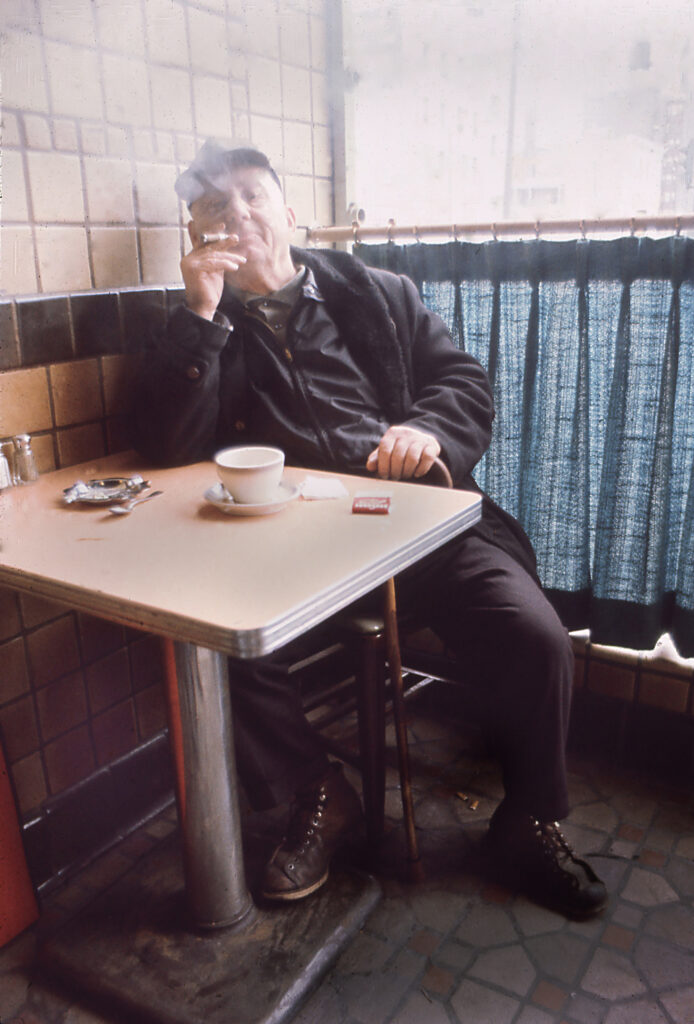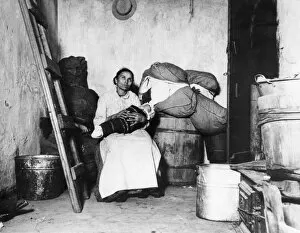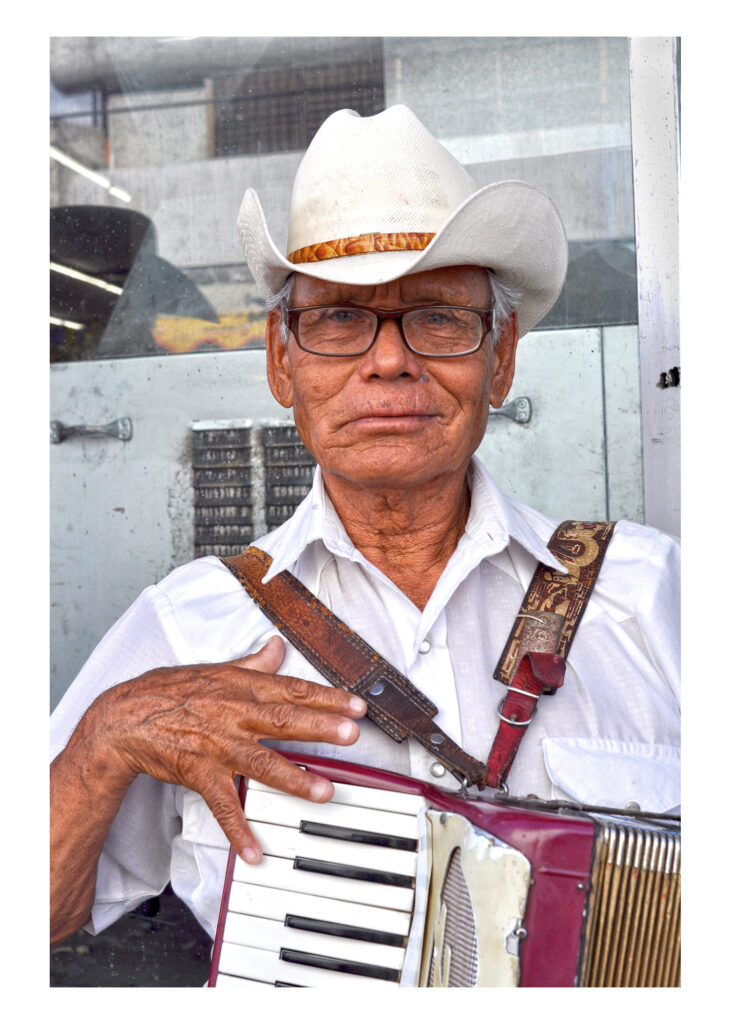PHOTOJOURNALIST OVERVIEW
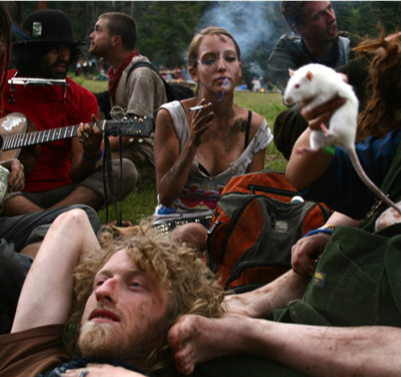
A photojournalist’s job is to be able to tell a story visually by capturing those special moments that will not only enhance the story for the reader but will enhance the story of the world. We are able to feel joy, pride, anger, or devastation with the photographs photojournalists bring back for our eyes to see. Photojournalists don’t have the restriction of working behind a desk and are actually able to go out into the world of excitement or disaster. Although the restrictions of working behind a desk do not apply, there are different types of restrictions they encounter out in the field such as long and unstructured hours, being on-call 24/7, and unusual working conditions. However, those types of photojournalists have helped demonstrate and educate what the world has gone through.
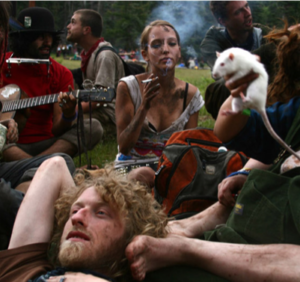
Some photography organizations and associations that represent photojournalists are the Advertising Photographers of America (APA), American Society of Media Photographers (ASMP), and American Society of Picture Professionals (ASPP). The organization I would join in particular is the ASPP because it is a community of photographers, editors, and picture agencies that offer educational tools, industrial support, and networking opportunities. You can join the ASPP as a professional ($12/mo), an active and retired picture professional, student ($25/yr), who is currently enrolled in photography courses at the high school or college level, or as an associate ($75), who has a primary source of income currently outside the picture profession. There are many reasons to join the ASPP but some in particular are that you will meet new clients and make important industry contacts.
Photojournalists make a living in different types of ways such as a photo editor and a multimedia photographer, to name a few. The pay varies and is affected depending on the city, the company, and the length of work. The average pay for a photojournalist in the United States, according to the PayScale website, earns approximately $15.53 per hour and the salary was estimated at $27,074 – $62,546 in 2017. Another way of pay and living is working as a freelancer, who works for themselves. In the last couple of years or so the Internet has grown by a lot and most readers get their news through electronic media. Because of this, specifically for photojournalists who are able to work successfully in an online environment, the demand for jobs is expected to be high. The Internet makes it easier for freelance photographers to get their work out there a little easier but they must be familiar with marketing their work, negotiating contracts, and knowing copyright laws.
Kitra Cahana is a modern day photojournalist that works as a freelancer and is a documentary photographer, videographer, photo/video artist and is a contributing photographer to National Geographic Magazine. Cahana explores important social, anthropological and spiritual themes, as said on National Geographic’s “Women of Vision” website. I admire Cahana’s work and something I would like to take and learn from her and her images is what National Geographic quoted of her, “I try to approach every story I work on as a though I’m going to write a thesis about it. I really embed myself.”

